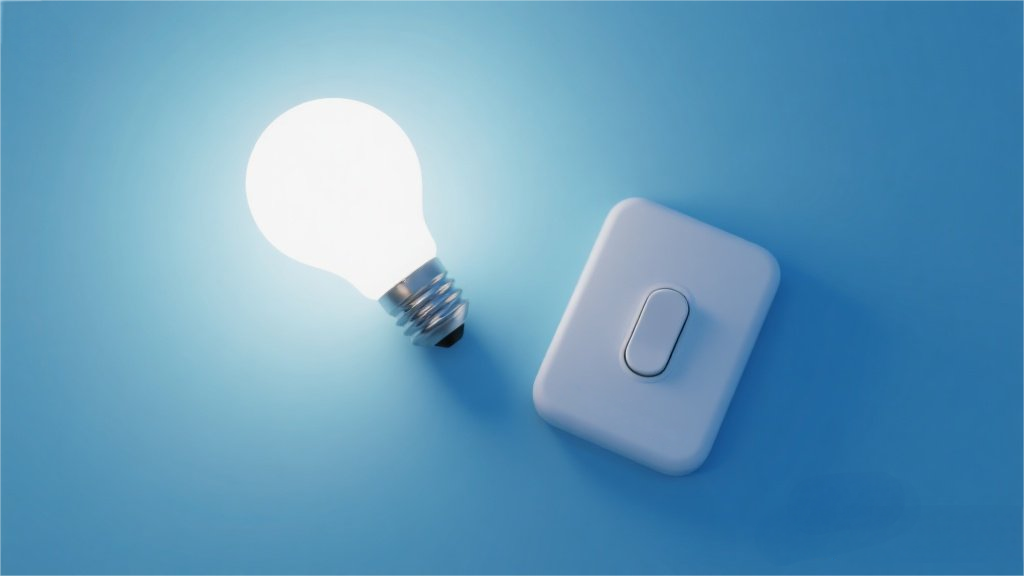Remember those pre-pandemic days when waking up at the crack of dawn felt like a badge of honor? Yeah, me too. Back then, I was that person—lights out by 10:30 PM, alarm blaring at 5 AM, and hustling to the gym by 6 for a workout that would make even the most disciplined fitness junkie nod in approval. Public showers? No problem. A 400-calorie smoothie whipped up in record time? Done. My mornings were a well-oiled machine, and the rest of the day followed suit. Productivity gurus weren’t lying—there’s something magical about conquering your to-do list before most people have even hit snooze. But here’s the thing: life happens, routines shift, and suddenly, that 5 AM alarm feels less like a superpower and more like a relic of a bygone era.
The Rise and Fall of the Early Bird Hustle
For years, I swore by the early-morning grind. The science backed it up—early risers tend to be more proactive, disciplined, and, let’s be real, a little smug about their routines. There’s a reason CEOs and athletes preach the 5 AM club: those quiet, uninterrupted hours are prime real estate for focus. No emails, no distractions, just you and your goals. But then 2020 rolled in like a wrecking ball, and suddenly, the line between "morning" and "whenever I feel like rolling out of bed" blurred into oblivion. Remote work, endless Zoom calls, and the general chaos of pandemic life turned my once-strict schedule into a free-for-all. And guess what? I’m not alone. A lot of former early birds found themselves questioning whether chasing sunrise was still worth it—or if it ever really was.
The Myth of the One-Size-Fits-All Morning
Here’s the hard truth: not everyone is wired for dawn patrol. Sleep chronotypes—your body’s natural preference for waking and sleeping—vary wildly. Some people (larks) thrive at sunrise, while others (night owls) hit their stride when the rest of the world is winding down. Forcing yourself into a 5 AM routine just because some influencer swears by it? That’s a fast track to burnout. The key isn’t mimicking someone else’s schedule; it’s figuring out what works for YOUR energy levels, job demands, and lifestyle. Maybe your peak productivity kicks in at 10 AM, or maybe you’re a midday warrior. And that’s okay. The goal isn’t to wake up early; it’s to wake up right—whenever that is for you.
Rebuilding a Routine That Actually Sticks
If you’re itching to reclaim some structure (without the militant 5 AM wake-up call), start small. Instead of overhauling your entire schedule overnight, focus on micro-habits: drinking water first thing, stretching for five minutes, or jotting down three priorities for the day. The magic isn’t in the hour you wake up; it’s in the intentionality behind your actions. And if you miss a day? No guilt. Progress isn’t linear. The best routines are flexible enough to adapt to life’s curveballs—because let’s face it, curveballs are inevitable.
When Productivity Culture Goes Too Far
and honestly, kind of toxic. Rest isn’t laziness; it’s fuel. If your early mornings leave you drained by noon, something’s off. True productivity isn’t about cramming more into your day; it’s about working smarter, not harder. Sometimes, the most productive thing you can do is sleep in, take a mental health day, or say no to the hustle porn that tells you you’re not doing enough. You are enough—even if your mornings look nothing like they did in 2019.
So here’s to mornings that work for YOU—whether that’s sunrise yoga or hitting snooze twice. The world won’t end if your routine changes. In fact, it might just get better.
























